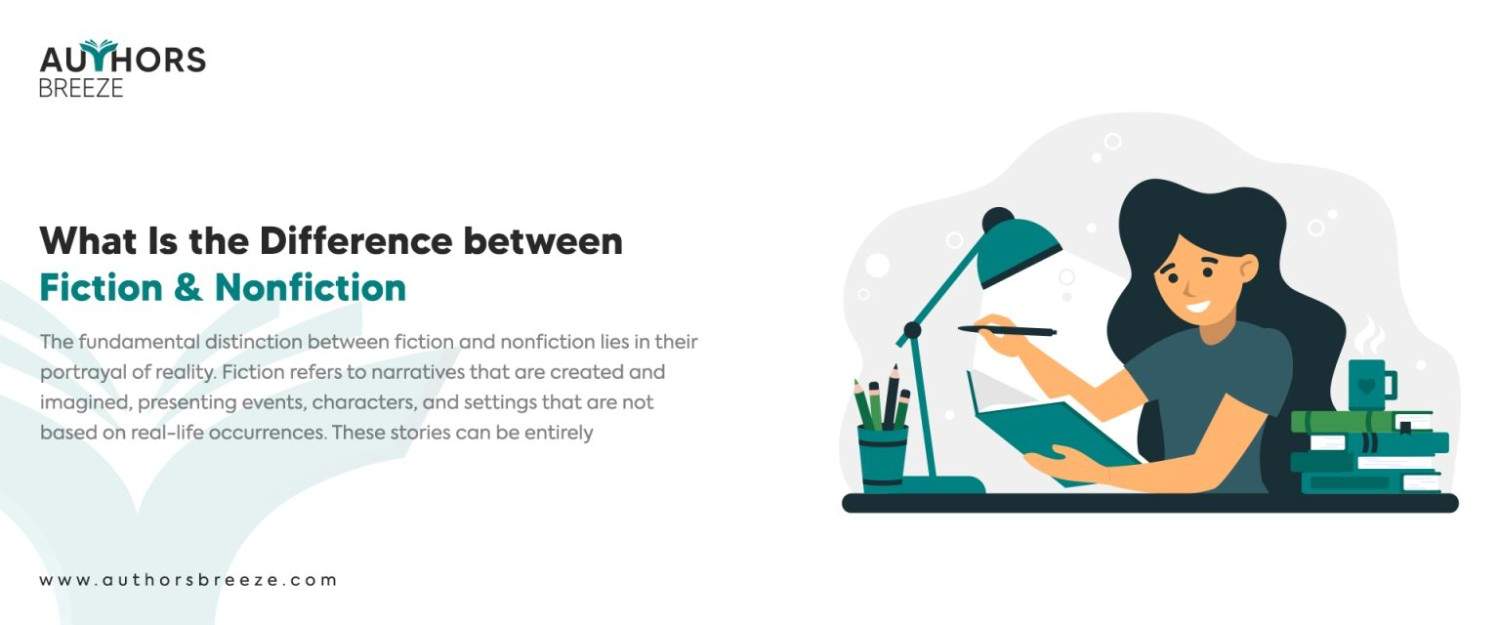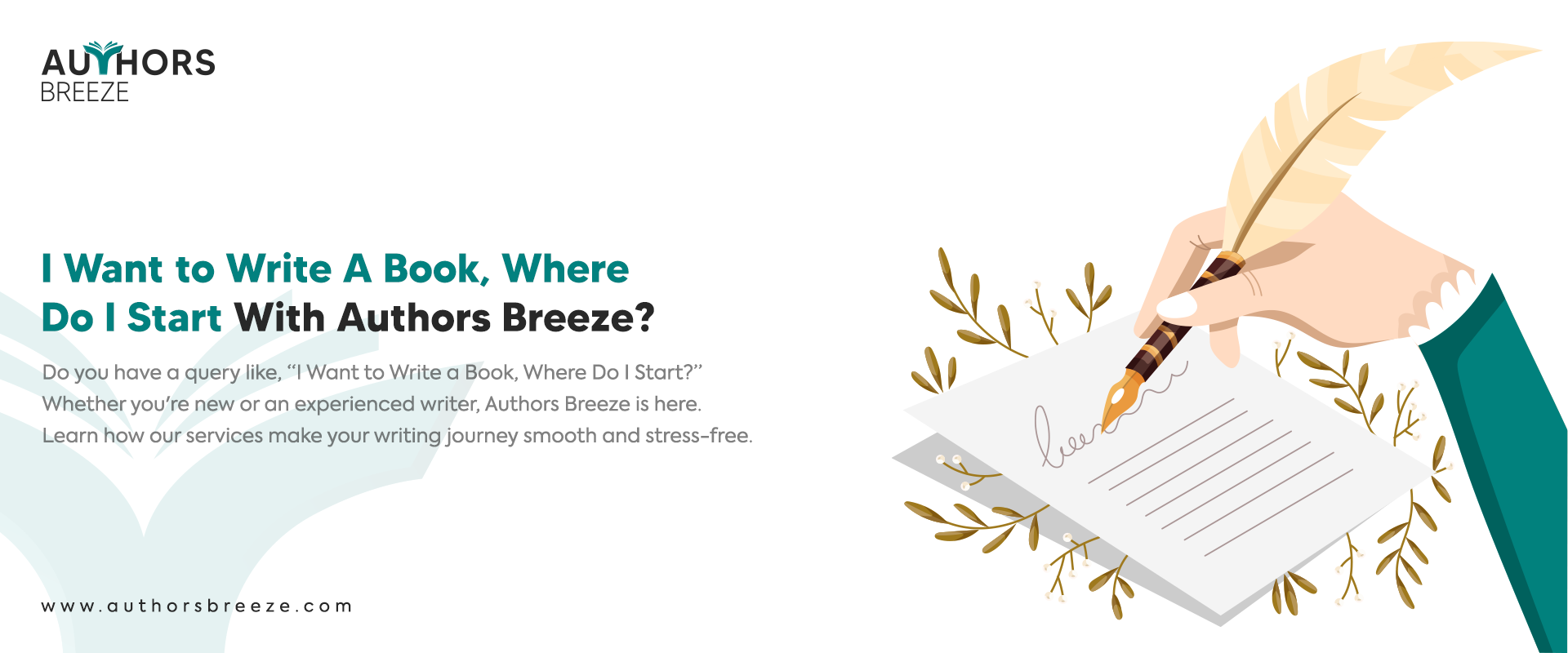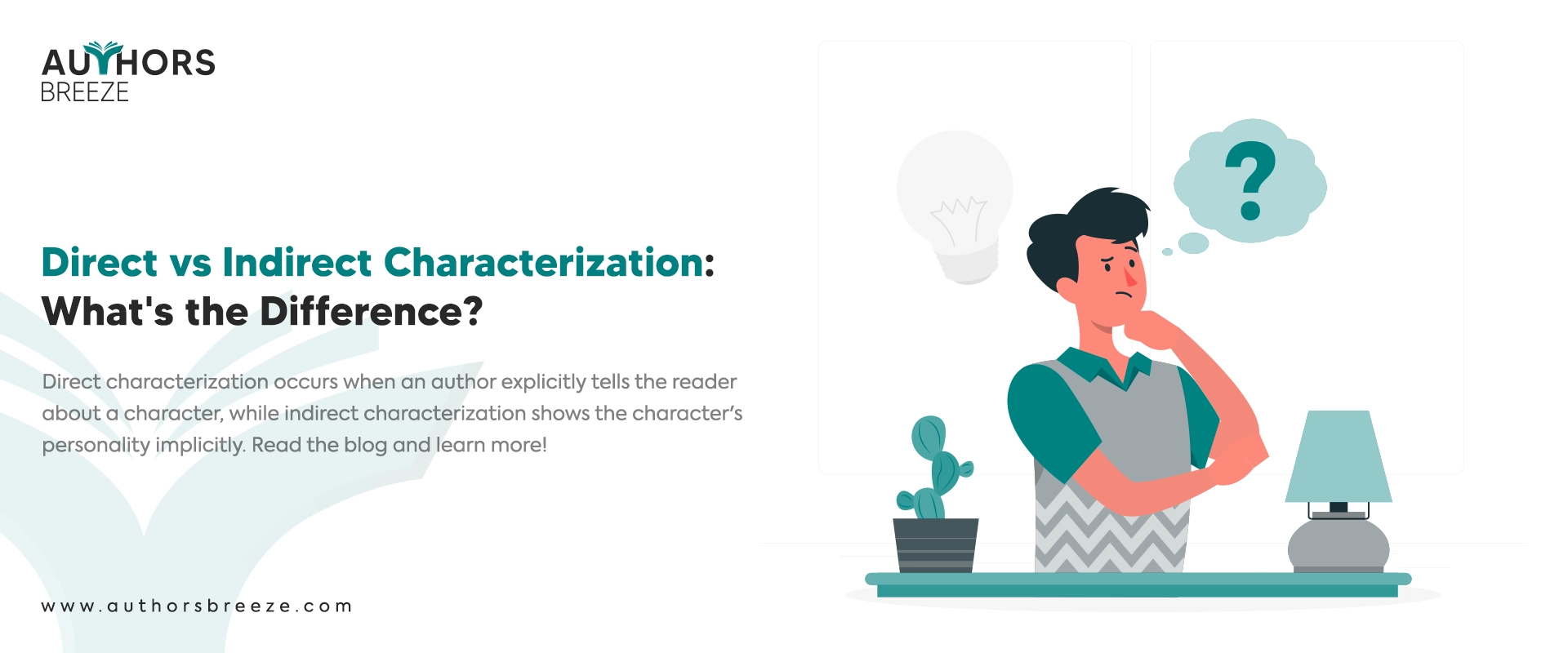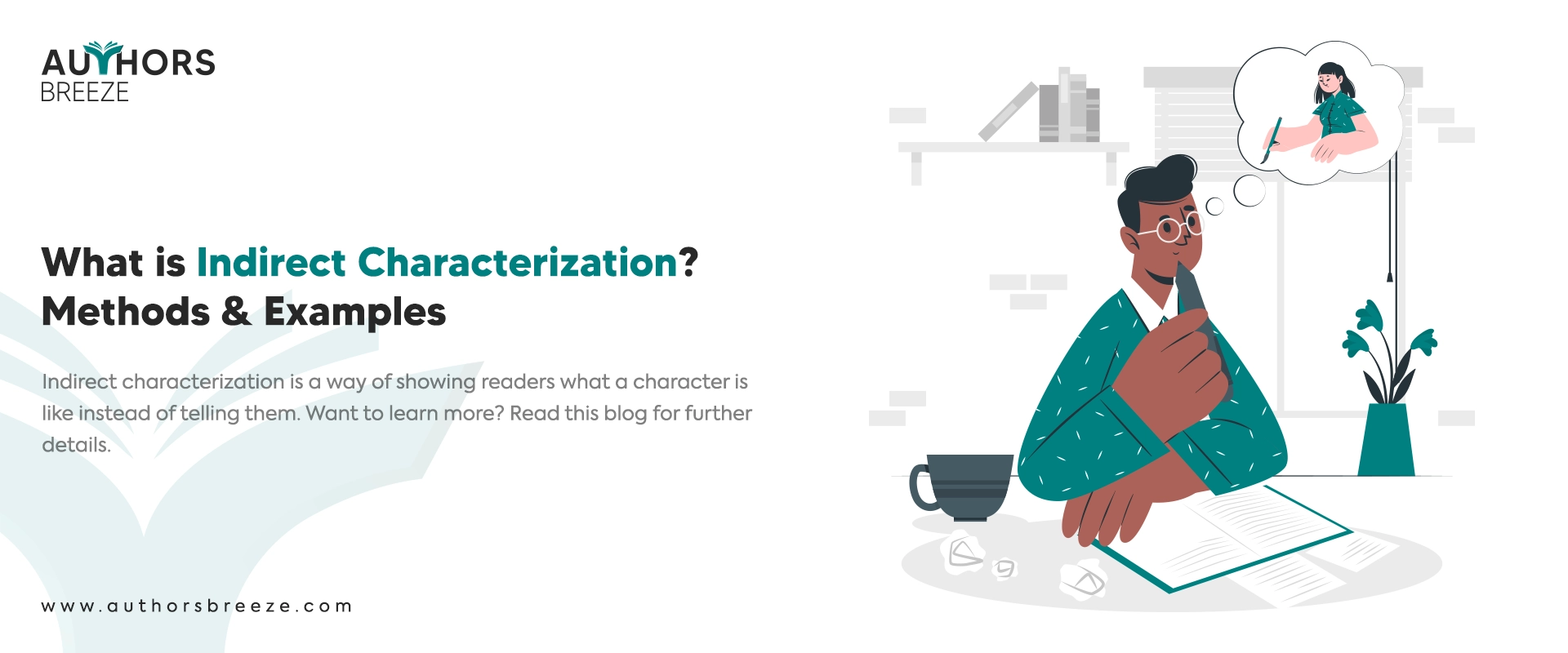Don’t Have Time To Read? Listen To Fiction and Nonfiction Instead!
Fiction and nonfiction are two distinct forms of literature. Fiction is a genre that involves imaginative or made-up stories by an author. At the same time, nonfiction is a genre that is based on real-life events and facts. Understanding the differences between both genres is necessary for readers and writers alike. It allows us to distinguish between stories created for entertainment or artistic expression and those intended to inform or educate. If you clearly understand these genres, it can help you choose what to read, write, or study more effectively.
What is Fiction?
Fiction is a literary genre that involves stories that are imagined or invented. It is a form of art that allows writers to create worlds and characters that can take readers on a journey of imagination. There are several types of fiction, including historical, science, romance, mystery, horror, fantasy, and more. Some examples of famous works of fiction include:
- To Kill a Mockingbird by Harper Lee.
- The Great Gatsby by F. Scott Fitzgerald.
- The Lord of the Rings by J.R.R. Tolkien
- Harry Potter series by J.K. Rowling.
What is Nonfiction?
Nonfiction is a genre of literature that deals with real-life events, people, places, or things. It is a form of writing based on facts and information rather than imagination or invention. There are many types of nonfiction, including biographies, autobiographies, memoirs, history, science, self-help, and more. Examples of well-known works of nonfiction include:
- The Autobiography of Malcolm X by Malcolm X and Alex Haley.
- The Immortal Life of Henrietta Lacks by Rebecca Skloot, Guns, Germs, and Steel by Jared Diamond.
- Into Thin Air by Jon Krakauer.
What are the Key Differences between Fiction and Nonfiction?
The main differences between fiction and nonfiction are that fiction is imaginative and invented. In contrast, nonfiction is based on real-life events and facts. Fiction employs literary devices and has a structured plot and characters with depth and backstory. On the other hand, non-fiction has a more straightforward, objective writing style and chronological or thematic structure and portrays characters in a factual manner. Fiction aims to entertain, while non-fiction seeks to inform, educate, or persuade readers.
Basis of Truth
The most fundamental difference between fiction and nonfiction is their basis of truth. Non-fiction is grounded in actual events, facts, and data. In comparison, fiction is purely imaginative and invented. Non-fiction aims to inform or educate readers about a subject or event. In contrast, fiction entertains, explores human emotions, and expresses artistic creativity.
Narrative Style
Another main difference between fiction and nonfiction is the narrative style used to convey the story. Fiction often employs various literary devices such as metaphors, similes, and symbolism to create a more engaging story. On the other hand, non-fiction tends to have a more straightforward, objective, and informative writing style devoid of such creative devices.
Plot and Storyline
The plot and storyline of fiction and nonfiction also differ greatly. Fiction is typically structured around a well-crafted story that follows a particular sequence of events with a climax and resolution. Non-fiction, on the other hand, typically follows a chronological or thematic structure. It focuses on presenting the facts and info in a logical and precise manner.
Characters
Characters are a crucial component of fiction but are usually absent in nonfiction or take a secondary role. In fiction, the characters are often developed with depth, motivation, and backstory. Their actions and decisions are critical to driving the plot. In non-fiction, the characters are often real people. However, they are portrayed in a more objective and factual manner, focusing on their role in the event or situation being described.
Purpose
The primary purpose of fiction and nonfiction is also different. The purpose of fiction is primarily to entertain or provide aesthetic enjoyment to readers. Non-fiction, conversely, aims to inform, educate, or persuade readers on a specific topic, event, or subject matter.
How to Choose Between Fiction and Nonfiction
Choosing between fiction and nonfiction can be a personal decision based on your interests, goals, and preferences.
Reasons to Read Fiction
Fiction offers a wide range of benefits to readers. It allows readers to escape reality and experience new worlds and perspectives. It can be both entertaining and mentally stimulating. Fiction can also help readers develop empathy and emotional intelligence by immersing them in the lives of complex and diverse characters. Reading fiction can also improve language and communication skills and foster creativity and imagination.
Reasons to Read Nonfiction
Nonfiction allows readers to learn new info and gain knowledge about various subjects, events, and people. Reading non-fiction can broaden readers’ perspectives and increase their understanding of the world around them. Non-fiction can also help readers develop critical thinking and analytical skills and improve their memory and retention of information.
Writing a Fiction and Nonfiction Book
Writing a book, whether fiction or nonfiction, is an endeavor that requires careful planning and preparation. If you want guidance on writing a non-fiction book, read our blog: How to write a nonfiction book.
Here are some steps to consider when writing a fiction or non-fiction book:
Choose a Topic or Theme
Select a topic or theme that you are passionate about, and that aligns with your interests, expertise, and goals. For non-fiction, it should be a subject you are knowledgeable about. While for fiction, it can be any theme or idea that inspires you.
Develop a Storyline or Structure
For fiction, create a plotline that includes the main characters, setting, and conflict. Non-fiction, on the other hand, should have a clear structure that presents information in a logical and organized manner.
Create an Outline
Once you have a general idea of your book’s storyline or structure, create an outline to organize your thoughts and ideas. It can help you stay focused on the critical work and avoid getting sidetracked.
Write a Rough Draft
Start writing your book by focusing on writing your thoughts and ideas on paper. Don’t worry too much about grammar, punctuation, or spelling at this stage.
Revise and Edit
After completing your rough draft, take a break before editing and proofreading your work. Check for spelling, grammar, and punctuation errors, as well as the overall flow and coherence of your writing.
Get Feedback
Share your work with others, such as a writing group or trusted friends and family, to get feedback on your book format, storyline, and writing style.
Publish
Once you have made the necessary revisions and edits, it’s time to publish your book. You can self-publish your book, or you can look out for publishing companies near me and ask the best one to help you publish your book.
Conclusion
The key differences between fiction and nonfiction are their basis of truth, narrative style, plot and storyline, characters, and purpose. Fiction is imaginative and invented, employs literary devices, has a structured story, and aims to entertain readers. Nonfiction is based on real-life events and facts, has a straightforward, objective writing style, follows a chronological or thematic structure, and aims to inform, educate, or persuade readers. Both fiction and nonfiction offer unique benefits to readers. Moreover, it is vital to maintain a balance between the two.






